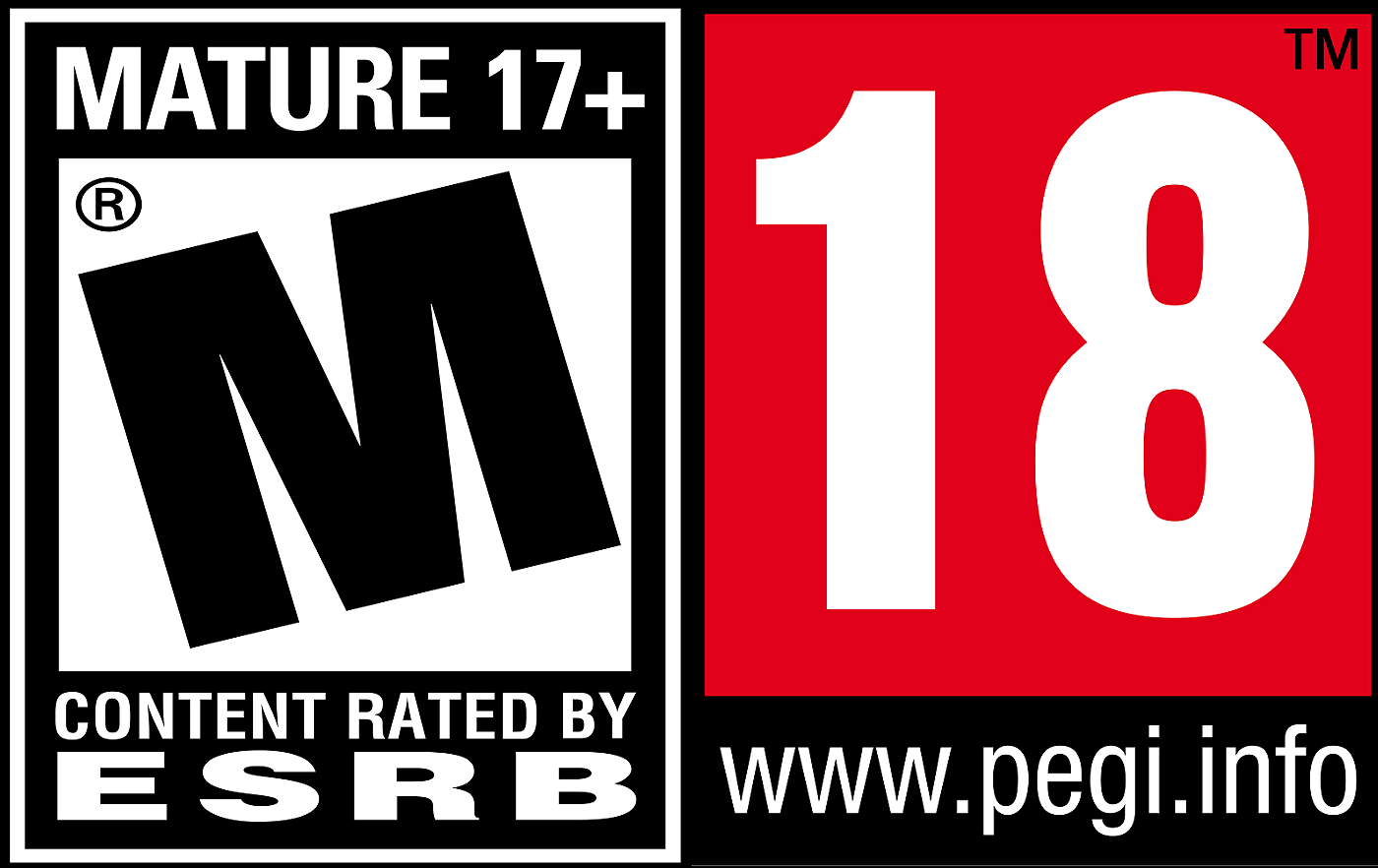Sex in Games: Localization Issues

There are a lot of lesser-known games from Japan with compelling narratives and promising gameplay mechanics. Some of these games, however, contain a significant portion of sexually explicit content that could hurt the game if it is not properly addressed.
Teams looking to localize these games will face problems that are not obvious at first glance but have the potential to hurt – even derail – an import game’s commercial success.
Integrity
One of the first things localization teams need to do is determine whether the sex is essential to the game or not.
Generally speaking, there are quite a few Japanese games that insert sexual content in order to appeal to a niche audience. These games can stand well on their own, where the gameplay and the narrative will not be affected heavily if the sexual content is toned down or even removed. Removing or modifying the sexual content should not detract from the core game experience, and will allow the publisher to slap on a PG-rating that lets them market to a much wider audience than they could get with an M or 18+ rating.
On the other hand, there are also games where sex plays a central role in the game’s narrative – maybe even its gameplay. The difference is most obvious in adults-only (AO) games, where sex and arousal are the priorities of the game. In some mature (M) titles though, the sexual content can play a strong role in how players engage with the game. This content is often a strong motivator for players to invest their time and effort into the game. If this is the case, cutting the sexual content out from its central role in the game could deflate player motivation in a way that could yield a negative experience for the player.
Continuity
Once localization teams decide to delete, reinterpret or modify sexual content in a game, they need to do so without making the censorship noticeable while playing the game.
The key here is to modify the narrative and mechanics of the game in a way that players will not feel as if they’re missing out on something. The narrative and the game’s mechanics thus need to be consistent and continuous. In an ideal setting, players need to be able to engage the game from start to finish without even suspecting that they’re missing out on in-game content. This helps players feel satisfied with their experience, no matter how long or short it can be, and leaves a favorable impression toward future releases.
If continuity is broken, players will pick up that there’s something wrong with the game. Blank screens, plot holes, awkward conversations, dissonant themes – these can disconnect the player from the gaming experience. Players may even feel compelled to start wondering what it is they are missing out on and conduct research on the game they are playing. Once these players realize that they are missing out on content, they will feel as if their gameplay experience is diluted or incomplete. If this feeling becomes strong enough, players may lose their motivation to play the game. They may even leave the game with a mixed or negative experience instead of a positive one.
Platform
Localization teams will also need to weigh the pros and cons of the platforms they choose to deliver their games on.
Selling localized games on popular digital distribution systems like Steam is the ideal scenario here. Steam is a mainstream platform for distributing PC games, and it is becoming increasingly tolerant of explicit sexual content. This makes it more feasible to deliver mature games on the platform, something which was not possible a few years ago. Steam has even begun experimenting with a few adult titles that border rather closely to the pornographic. This spells good news for teams that want to deliver games with sexual content to a wider audience, especially if they supply off-site patches that ‘restore’ content cut out of the original Steam version.
On the other hand, some games may still be too sexually explicit even for mainstream platforms like Steam to carry. This is especially true when the game’s narrative and gameplay mechanics are focused on explicit sexual content. In cases like these, directly selling the games on a self-published website or a distributor that specializes in adult content may be the only choice left. These distribution platforms may not have the same size and reach as more mainstream platforms, but they are nonetheless the only way to deliver titles that would otherwise be refused on said mainstream platforms.
Taboo
Simply put, different cultures react differently to certain aspects of sexual content – sometimes violently enough to make even the most diligent localization impossible.
Rape, snuff, bestiality, and pedophilia are four common examples of taboo when it comes to sexual content in Western markets. Games that feature these taboo topics tend to not only be shut out of most distribution platforms, but can also warrant outrage from certain groups that could raise enough controversy to get government organizations to step in. If handled properly though, the taboo content can prove attention-grabbing enough to boost sales. This is only assuming, however, that the game can survive the resulting controversy without grabbing the wrong kind of attention.
As previously mentioned, localization teams have the option of cutting out sexual content altogether. However, the integrity of the game as well as the continuity of the gaming experience need to be considered before even picking up a title to localize. It will be up to the localization team to determine if removing this content will not harm the game enough to push sales, or if removing said content will also remove a core component of the player’s experience in the game. If removing taboo content will hurt the game’s ability to attract its niche audience, it may simply be more practical to search for other, safer titles to localize instead.



